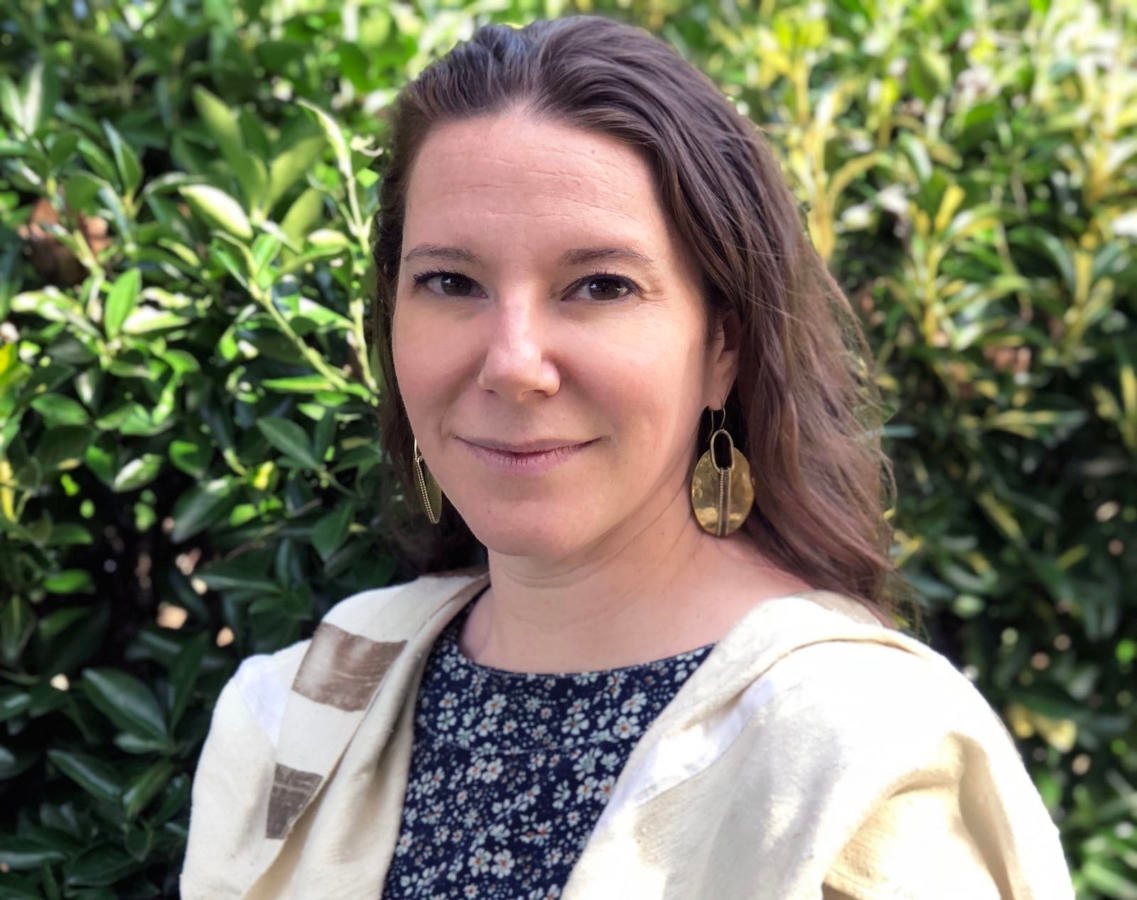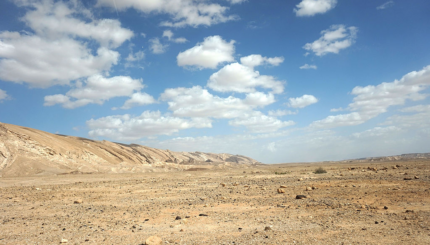Years ago, I bought a tallis. It was the summer before I began rabbinical school and I had put more thought into it than I had ever imagined possible. Should it be mid-length or long? What color? Design? Material? How should it feel to be wrapped beneath it?
As much as I tried to imagine what the perfect tallis for this next chapter of my life would look like, I simply couldn’t picture it. But just a few weeks before I began school, in that cliché way that sometimes happens, wandering around the streets of Safed, I stumbled upon the tallis that was meant to be mine.
I wore it all through rabbinical school and at my ordination. It served as the chuppah at my wedding and I wrapped each of my children in it when they received their names. It came with me as I transitioned into new jobs. Then, last summer, I buried my father in it.
After the funeral, as I prepared for daily minyan and saying Kaddish I dug out my only other tallis from the depths of my closet. A tallis that had been gifted to me instead of carefully chosen. A tallis that hadn’t accompanied me on the journey of the past decade and hadn’t been witness to the big and small moments in my everyday life. A tallis that had never been worn.
With your help, My Jewish Learning can provide endless opportunities for learning, connection and discovery.
At that first service, as the unfamiliar fabric slipped off my shoulders and I struggled to find that feeling of being enveloped, the tallis became a physical trigger. Each day it served as an awkward reminder of my grief and its impact on my body and spiritual practice.
In the beginning, I dreaded putting on that new-to-me tallis. I fidgeted through services getting frustrated and distracted, missing the thing that had been with me daily and felt like an extension of my body. But as the weeks passed, I came to appreciate the daily ritual of wrapping myself in something that didn’t quite work; it was a physical marker of how much my life, and my davening too, had changed. Every day I wore that tallis, missing the comfort and familiarity of the old one, and missing my dad.
As I made my way through the year, this foreign object and jarring experience became a predictable part of my life, as reliable as the regulars in our remarkably strong daily minyan. And as my life extended beyond shiva and shloshim, so did the scope of the tallis. It began to travel with me. It came with me as I searched for minyanim and places to say Kaddish while I was at conferences, traveling for work, and visiting family. As colleagues, friends and strangers gathered in unlikely places to make it possible for me to fulfill my obligation, the tallis bore silent witness to this next ritual phase of my life. We were welcomed by determined synagogues in small towns and accommodated by hotel lobbies and airport terminals. The tallis helped me mark my time, but I never grew to be at ease with it.
And then, this summer, I made my yearly pilgrimage to Israel as staff for the trip which is part of our community’s 10th-grade program. Throughout our adventures, our amazing students made a minyan for me every place we visited, at every time of day, until I concluded my year of Kaddish with them standing at Robinson’s Arch in Jerusalem.
We davened shacharit together and then I took off what I had come to think of as my transitional tallis before I recited that memorial prayer one last (daily) time. Then I packed it away and took advantage of being in Jerusalem to head off to buy a new tallis.
If I am honest with myself, the new one is not that different than the last one – same designer, same colors. At the end of the day, I am still me. But it is a different size, it fits differently, and every time I wrap myself in it, in my own way, I am physically reenacting the ways in which my life is different — the things I am missing and the things that I hope are yet to come.
Rabbi Kerrith Solomon is Director of Education and member of the clergy leadership team at Adas Israel Congregation in Washington, D.C.
Sign up for a Journey Through Grief & Mourning: Whether you have lost a loved one recently or just want to learn the basics of Jewish mourning rituals, this 8-part email series will guide you through everything you need to know and help you feel supported and comforted at a difficult time.
Looking for a way to say Mourner’s Kaddish in a minyan? My Jewish Learning’s daily online minyan gives mourners and others an opportunity to say Kaddish in community and learn from leading rabbis.



